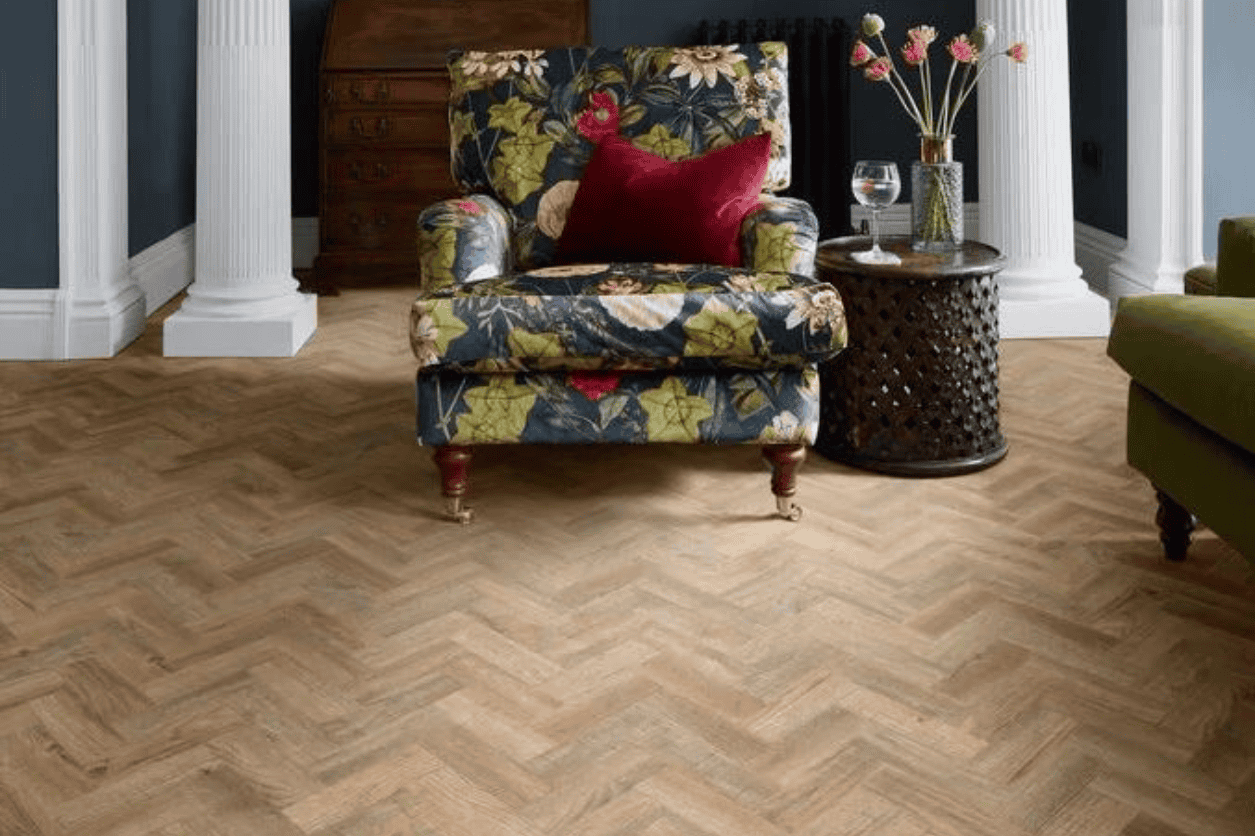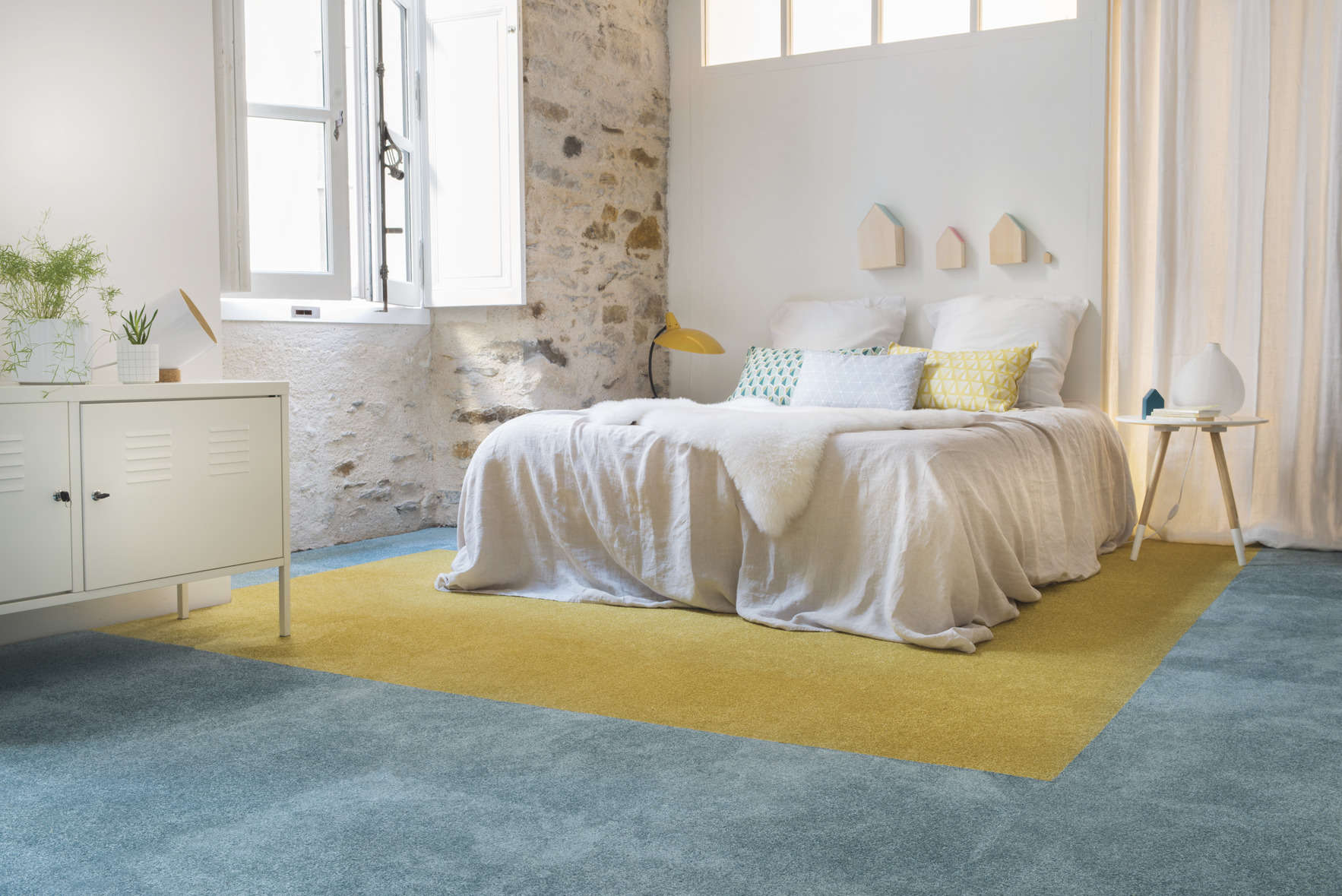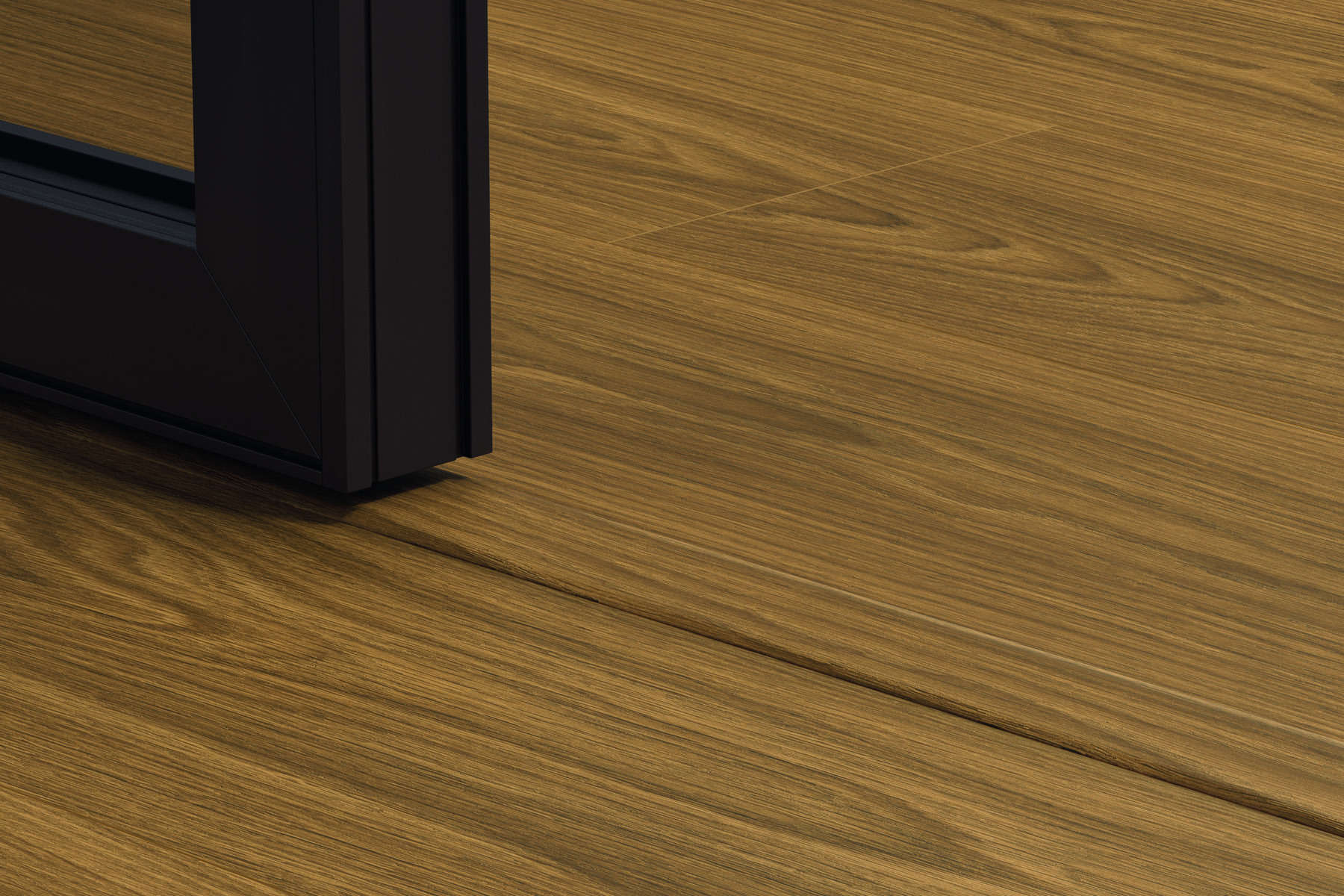The appeal of vinyl floor tiles to business and homeowners comes down to a mix of affordability, practicality, versatility and ease of both installation and replacement.
Typically made from polyvinyl chloride (PVC), vinyl flooring is very affordable. It is available in a range of styles, sizes, and installation systems at prices often far lower than alternative materials such as hardwood and rubber.
Because it is waterproof and water resistant, it can be used in bathrooms, kitchens and industrial shop floors without the risk of it getting tarnished or destroyed by moisture.
The nature of the tiled system means that multiple styles can be used at once to create some unique looks which fit a given brand, and since they are tiles, they can easily be both installed and replaced in parts, reducing the disruption to a workspace and allowing someone to install new flooring in the gaps found in otherwise busy days.
There is a lot to like about vinyl tiles, but the earliest versions of the system were not as successful as you might expect.
The Lost Work Of Frank Furness
The legacy of American architect Frank Furness is somewhat complex as every aspect of his original imposing designs which made them initially highly popular and prolific also meant that they would quickly fall out of style.
Few architects at the level he was have seen more of their buildings demolished than Mr Furness, as his bold and distinct style with prominent and protruding details would be considered ugly by the time he died in 1912.
However, perhaps one of his most important contributions is one that was barely ever talked about and was not necessarily a success.
At the time, linoleum was the only affordable option for a hard-wearing water resistant floor, but it was typically only available in sheet form and had its own issues.
Mr Furness designed and patented an innovative system of interlocking, modular rubber floor tiles which, whilst not using PVC, would be the earliest descendent of the vinyl tile.
They did not have the versatility in colours or styles that later vinyl tiles would have, but they were amazingly easy to install, and the tiles could be easily laid out in eye-pleasing geometric patterns and rearranged in whatever way you saw fit.
Part of the reason for this is that because they were made from rubber, they were held in place by friction and dovetail connectors rather than adhesive or complex interlocking devices.
They were incredibly easy to clean, durable, had fantastic soundproofing properties and could be installed by almost anyone. The problem was that rubber is a lot more vulnerable to atmospheric and environmental pollutants than a vinyl floor would be.
They stained very easily, would break down when exposed to solvents, as well as ozone and even oxygen, and could not be used anywhere with alkaline moisture. This included a lot of basements, which was unfortunate given that this made them a lot less practical than they perhaps should have been.
As well as this, since they were made from rubber, they were relatively expensive compared to linoleum and later PVC flooring. Within a decade, cork tile had become the norm in the types of rooms and buildings where rubber flooring should have been the ideal solution.
However, this would begin to change in the 1920s thanks to the work of American chemist Waldo Semon.
He did not invent PVC, but he did make it practical to use by creating a rubbery version known as plasticised PVC.
Plasticised PVC was far more useful than regular PVC, and could be used for many of the purposes that rubber could, but was significantly more versatile, hard-wearing and lacked the weaknesses rubber had.
In 1933, PVC flooring was displayed at the Century of Progress world’s fair. Affordable, versatile and resistant to fire, it appeared to be the perfect practical flooring. However, circumstances far outside of the flooring industry’s control would get in the way of its wider adoption.
The advent of the Second World War redirected plastic and PVC supplies towards the war effort, meaning that many homes stuck to linoleum and other alternatives until the war finally ended in 1945.
However, this in turn led to a boom in PVC flooring, as the return of soldiers and the significant boom in housebuilding seen in many parts of the world required an affordable, long lasting flooring solution.
Vinyl tiles became ubiquitous in the kitchens of the 1940s and 1950s, and they have only become increasingly widely used ever since… so check out the vinyl flooring ranges we have available to see what you can find!
If you have any questions or comments, please feel free to get in touch with the CVT Direct teamvia our Contact Us page or give us a ring on 0345 121 1234.
Browse ourflooring and accessories product ranges and use the filters when searching for your new flooring and the accessories needed.




